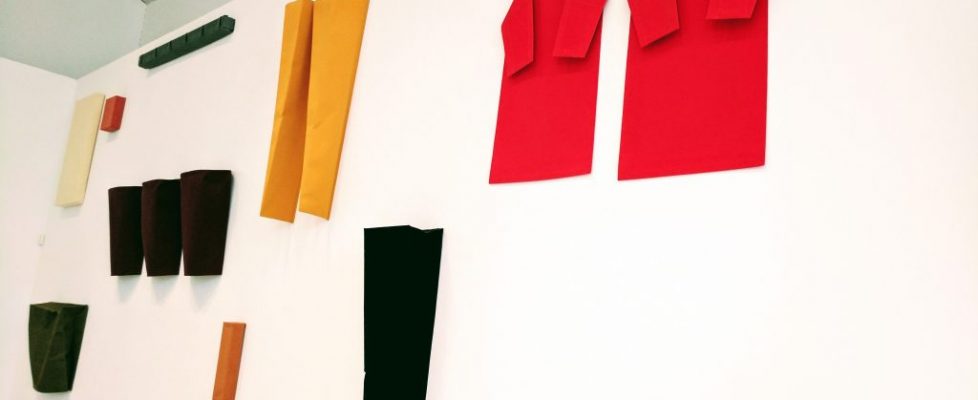The Fabric of Us: Lecture Reflection (example blog)
I have now watched a number of the Better Lives lectures, and they have each provoked and inspired a range of emotions and ideas. Yet, the lecture that I keep returning to is Katelyn Toth-Fejel’s Society Lecture, and in particular the quote she shared from Daniel Miller who has stated that “people dress in ways also to spread joy, care, and safety, to express anxiety and caution”. Katelyn explained that safety could be interpreted as the need to be warm, dry or comfortable.
Whilst listening to Katelyn I realised that I had managed to separate ideas of textile from fashion. For me fashion could be art (couture); consumption (fast fashion); style (luxury fashion) but I had weirdly separated it from notions of material. I had assumed that textiles could only be aesthetically pleasing. I had forgotten that in addition to appreciating an item of clothing for its cut or it’s print, I also valued it for its ability to keep me warm and dry, to give me confidence, to allow me to feel included, and on a few rare occasions help me to stand out when I needed to. I valued where the material had come from and the stories held within its fibres.
The lecture suggested that we have moved beyond the possibility of simply recycling our way out of the problem. 100 billion garments created for 7 billion people means that we are now in a place where we are going to have to re-design our social systems. So, I’ve started to re-think my relationship with textiles and materials. I live in East London and for the time-being at least, I am unable to look after a sheep in order to create my own yarn! But maybe I need to start thinking about companies who do when I next need a wool jumper. After the lecture I started researching and found Sheep Included although the price point is high, I can keep track of the sheep who gave me its wool! If I want to move away from wool altogether there’s Woocoa, a wool alternative made from hemp and coconut fibres created by students from Universidad de los Andes in Bogota – although I’m not sure if this is available yet and how expensive it is, or the environmental implications of using it.
Finally, Katelyn suggested that we might look to the past for ways to alter our present relationship with materials. I came across a journal article by Margaret F. Rosenthal who noted that between 1300-1600 clothing was in continual motion. In order for material to have value it needed to be swapped and “it was easier to take garments apart and sell them in portions if the occasion arose” (Rosenthal, 2009, p.461). We of course now have a number of digital platforms where we can swap clothes but maybe part of our future is this return to the individual pieces of fabric, and learn how to take them apart in order to start again.
References
Toth-Fejel, K. (2020) ‘ Sustainability and Society’ [Lecture]. Better Lives, London College of Fashion, 19 February.
Rosenthal, M, F. (2009) ‘Cultures of Clothing in Later Medieval and Early Modern Europe’ Journal of Medieval and Early Modern Studies 39(3), pp. 459-481
Sheep Included (2020) How Sheep Adoption Works. Available at: https://sheepinc.com/(Accessed: 25 February 2020)
Woocoa (2018) Woocoa Teaser Trailer 3 June. Available at: https://youtu.be/nHfMP1Y6wNs (Accessed 25: February 2020)
